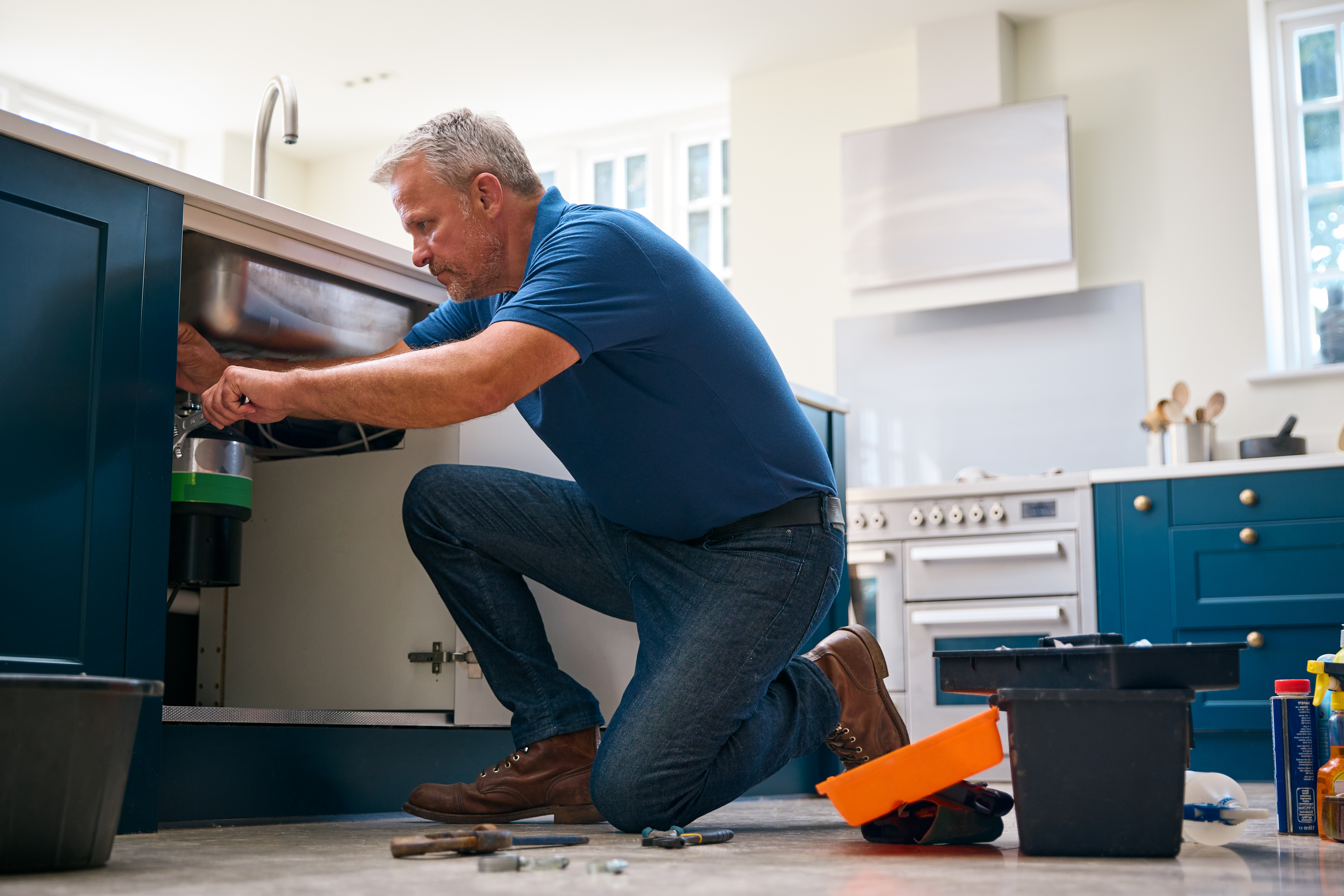
Garbage disposals are one of the most convenient appliances in modern kitchens. When used correctly, they simplify meal prep cleanup, reduce food waste, and prevent clogged drains. However, like any appliance, garbage disposals are not immune to wear and tear. When they malfunction, it can disrupt your routine and leave you searching for a garbage disposal repair guide. Fear not—most issues can be resolved without calling in a professional. This post explores the most common garbage disposal problems and offers step-by-step instructions on how to fix them.
One of the most frequent problems homeowners encounter is a garbage disposal that simply won’t start. This seemingly unresponsive behavior is often due to power supply issues.
Begin by checking that the disposal is plugged in securely. While it may sound overly simple, loose plugs are surprisingly common. If the unit is properly plugged in, locate the reset button underneath it. When the motor overheats, it triggers the internal circuit breaker, disabling the unit to prevent damage. Pressing the reset button often solves the problem. Occasionally, the issue may be with the disposal’s internal wiring. It is best to consult a garbage disposal repair professional if wiring repairs are beyond your skill level.
Another common issue is a jammed garbage disposal, identified by grinding sounds or the unit’s inability to spin. The internal flywheel often becomes stuck when something too hard or unsuitable is placed inside the disposal. Bones, silverware, or even large chunks of fibrous vegetables are usually to blame.
To address the issue, begin by turning off the disposal's power. Next, look for the small hexagonal hole on the disposal's underside. A standard Allen wrench should work if you do not have the tool. Insert the wrench into the hole and move it back and forth manually to dislodge any obstructions. Once the flywheel is free, do not immediately turn the disposal back on. Use tongs or pliers to remove any visible debris inside the disposal chamber. Never use your hands, as blades can cause injury even when stationary.
Despite the garbage disposal’s primary purpose—to prevent clogs—blockages still occur occasionally. These are usually caused by improper usage, such as grinding excessive quantities of starchy or fibrous foods like potato peels or celery.
To fix a clog, start by turning off the garbage disposal's power and removing as much water as possible from the sink. Use a plunger to create suction over the sink drain, which often dislodges minor clogs. If plunging is not effective, disconnect the disposal and inspect the drainpipe. Sometimes, a clog forms in the pipe, leading away from the disposal. Clear blockages using a plumber’s snake or a long, flexible brush.
Leaks are one of the trickiest disposal issues to troubleshoot, as they can originate from multiple points. Start by identifying where the water is escaping. Common sources include the sink flange, the drain pipe, and the unit itself.
If the leak comes from the sink flange, ensure the mounting bolts are tightened securely. Over time, vibrations from the disposal can work the bolts loose. If the issue persists, applying the plumber’s putty around the sink flange can create a watertight seal. When leaks occur around the drain pipe, inspect the connecting gasket. Gaskets become brittle and ineffective over time, allowing small leaks to form. Replace the gasket with a new one, ensuring it fits snugly. Consider replacing the entire unit for leaks emanating from the disposal unit.
Unpleasant odors are a sure sign that it is time to clean your garbage disposal. Food particles and grease can accumulate over time, creating an ideal environment for bacteria and mildew.
To eliminate odors, start by running cold water through the disposal for 30 seconds to flush out debris. Then, pour in half a cup of baking soda and a cup of white vinegar. The combination will create a fizzing reaction that dislodges residue inside the disposal. After letting the mixture sit for five minutes, rinse with hot water. Another cleaning method involves grinding ice cubes and coarse salt. The abrasive nature of the salt scours the disposal’s interior walls while the ice sharpens the blades. For a pleasant smell, finish by grinding lemon or orange peels.
Strange noises, such as clanging or rattling, often indicate that a foreign object has accidentally entered the disposal. Common culprits include utensils, bottle caps, or small bones.
To resolve this, start by turning off the power and inspecting the interior chamber with a flashlight. Tongs or pliers are effective tools for removing objects. Never, under any circumstance, put your hand inside the disposal. If the disposal continues to make noise after clearing obstructions, it might be time to replace the internal components. Aging blades, worn flywheels, or loose parts can all cause mechanical noise. Some parts are replaceable, but for extensive wear, replacing the entire unit might be a more cost-effective solution.
Proper maintenance is essential to maximize your garbage disposal’s lifespan and avoid frequent repairs. Always use cold water during operation, grind food waste in small batches, and avoid disposing of non-food items. Periodically cleaning the unit prevents buildup and odors, ensuring a smooth operation for years. If you are unsure about a repair or notice persistent issues, it is wise to consult a professional garbage disposal repair service.